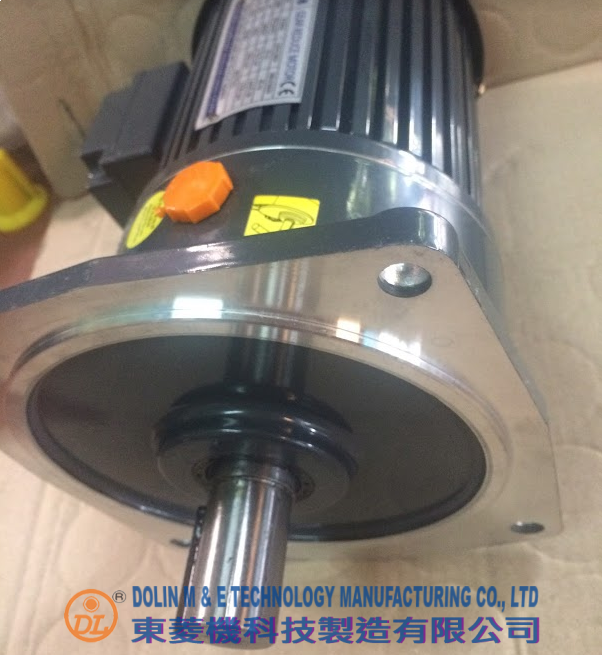What is pole count and why does it matter?
- Tuesday - 10/11/2020 15:35
- Close page
Simply defined, a pole is a north or south magnetic field of force that is generated by a permanent magnet or current passing through a coil of wire.

For stepper motors, however, this definition does not necessarily translate to a simple definition of pole count. Different manufacturers use different names to refer to their poles and various stepper-motor types have varying kinds and numbers of poles.
Permanent-magnet stepper motors are the simplest. Manufacturers define their pole count by the number of pole pairs or stator windings. Increasing the number of pole pairs on the rotor itself (or adding more stator phases) increases resolution. Most permanent-magnet steppers have a resolution of 30° to 3° per step. Variable-reluctance and hybrid stepper motors have teeth on their rotors, and stators define pole count. These types of stepper motors move 1.8° or less per step.
• For variable reluctance, the more teeth, the greater pole count, the greater the resolution. Rotation step angle is half that of a permanent-magnet stepper motor with the same number of stator windings.
• In contrast, hybrid stepper motors have rotors covered by two radial sections (cups) of magnetized teeth, with a gap in between them. The two cups have teeth that are offset by one tooth in relation to the other. Here too, the greater number of teeth, the greater number of poles, the higher the resolution and the smaller the steps. This means it can rotate a very small amount because of its pole count.
This can influence design decisions in a few ways. Basically, the more poles, the more precisely a drive can control stepper motor output. Beyond this simple fact, manufacturers offer varying arrangements and numbers of stator poles and teeth. Designers must consider the application’s required precision, pole and teeth count, design speed, torque, acceleration, and other parameters. Because pole count affects torque as well, it can lead to design decisions related to inertia matching as well. One last note: because the angle of step affects motor vibration and noise, designers should keep that motor feature in mind when making decisions about pole count.
Permanent-magnet stepper motors are the simplest. Manufacturers define their pole count by the number of pole pairs or stator windings. Increasing the number of pole pairs on the rotor itself (or adding more stator phases) increases resolution. Most permanent-magnet steppers have a resolution of 30° to 3° per step. Variable-reluctance and hybrid stepper motors have teeth on their rotors, and stators define pole count. These types of stepper motors move 1.8° or less per step.
• For variable reluctance, the more teeth, the greater pole count, the greater the resolution. Rotation step angle is half that of a permanent-magnet stepper motor with the same number of stator windings.
• In contrast, hybrid stepper motors have rotors covered by two radial sections (cups) of magnetized teeth, with a gap in between them. The two cups have teeth that are offset by one tooth in relation to the other. Here too, the greater number of teeth, the greater number of poles, the higher the resolution and the smaller the steps. This means it can rotate a very small amount because of its pole count.
This can influence design decisions in a few ways. Basically, the more poles, the more precisely a drive can control stepper motor output. Beyond this simple fact, manufacturers offer varying arrangements and numbers of stator poles and teeth. Designers must consider the application’s required precision, pole and teeth count, design speed, torque, acceleration, and other parameters. Because pole count affects torque as well, it can lead to design decisions related to inertia matching as well. One last note: because the angle of step affects motor vibration and noise, designers should keep that motor feature in mind when making decisions about pole count.